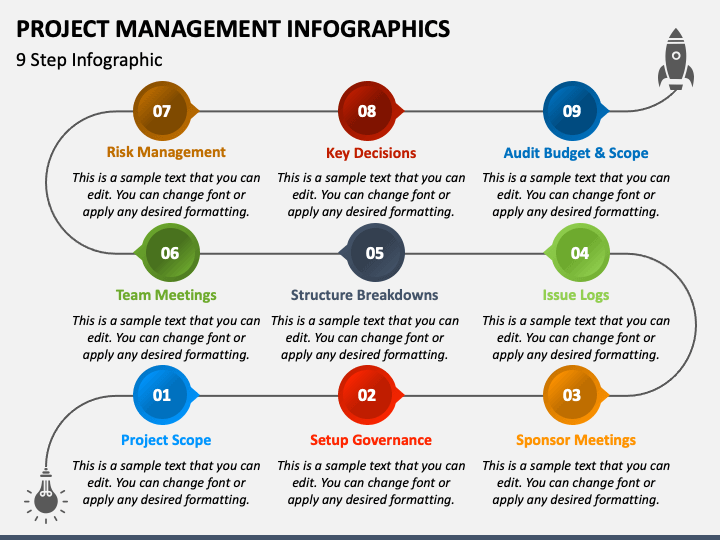Enhancing Collaboration in Remote Project Teams
Enhancing Collaboration in Remote Project Teams
Blog Article

In recent years, remote project teams have become the new standard in many industries, fundamentally changing how we approach project management. The ability to work from anywhere opens up incredible opportunities for talent acquisition and flexibility, but it also poses significant challenges that teams must navigate. Making collaboration effective in a remote setting requires a strategic approach that integrates communication, tools, and team dynamics.
Successful project management in a remote environment hinges on fostering a strong collaborative culture among team members. This involves not only utilizing the right technology but also understanding the nuances of virtual communication. By addressing these challenges head-on and implementing best practices, organizations can enhance teamwork, drive productivity, and ultimately achieve their project goals, all while maintaining the connection and motivation that can sometimes be lost in a virtual space.
Tools for Effective Communication
Effective communication is crucial for the success of remote project teams. With team members often spread across different locations, utilizing the right tools can bridge the gap and foster collaboration. Chat and messaging platforms like Slack or Microsoft Teams provide real-time communication, allowing team members to discuss ideas, share updates, and ask questions instantly. These tools enhance team connectivity and ensure that everyone stays on the same page, regardless of time zones.
Get A Quote
Video conferencing tools such as Zoom or Google Meet are essential for face-to-face interactions, which help build rapport among team members. Regular video meetings can emulate in-person discussions, making it easier to share visual content and maintain engagement. These platforms also allow for screen sharing, which can be particularly useful during project reviews or brainstorming sessions. Establishing a routine of video calls promotes accountability and keeps team members aligned on project goals.
Additionally, collaborative document editing tools like Google Workspace or Microsoft Office 365 play a critical role in the remote work environment. These tools enable multiple users to work on documents, spreadsheets, or presentations simultaneously, ensuring that contributions are captured in real-time. This level of collaboration reduces the likelihood of version control issues and allows for a smoother workflow, ultimately enhancing productivity within the project team.
Establishing Clear Goals
Establishing clear goals is a fundamental step in enhancing collaboration within remote project teams. When team members have a clear understanding of what they are working towards, it fosters a sense of direction and purpose. It is essential for project managers to define these goals in specific, measurable, achievable, relevant, and time-bound terms. This not only provides clarity but also sets the standard for accountability among team members.
Once the goals are established, it is important to communicate them effectively across the team. This can be done through regular meetings, collaborative platforms, and project management tools that allow everyone to stay informed. Encouraging feedback and discussion about these goals ensures that all team members are on the same page and allows for adjustments if necessary. Effective communication reinforces commitment and cultivates a collaborative environment.
Finally, revisiting and revising goals as the project progresses can keep the team aligned and motivated. As challenges and new information arise, it may be necessary to adjust the original goals to better suit the evolving context. By maintaining flexibility and openness to change, remote project teams can adapt and thrive, ultimately leading to successful project outcomes.
Building Trust in Remote Teams
Trust is the foundation of any effective team, and it becomes even more critical in a remote setting. Without face-to-face interactions, team members may struggle to build personal connections. To foster trust, leaders should encourage open communication and create a culture where team members feel safe to express their thoughts and concerns. Regular check-ins can help ensure everyone is aligned and valued, making it easier for team members to rely on one another.
Another approach to building trust is to establish clear expectations and responsibilities from the outset. When team members understand their roles and the roles of their colleagues, they can work more collaboratively. Encouraging accountability fosters a sense of ownership among team members, which can enhance trust. Recognizing individual contributions publicly can reinforce this sense of accountability and show that everyone's efforts matter.
Lastly, investing in team-building activities can strengthen bonds among remote team members. Virtual social events, icebreakers, or collaborative projects help break down barriers and build rapport. When team members know each other beyond their work tasks, they are more likely to trust one another. These interactions can lead to a more cohesive team environment, ultimately improving collaboration and project outcomes.
Best Practices for Project Management
Effective communication is fundamental in project management, particularly in remote teams. Regular check-ins and updates can help ensure that all team members are aligned with project goals and timelines. Utilizing video conferencing tools for face-to-face connections, even virtually, enhances personal engagement and reduces misunderstandings. Additionally, establishing a central communication platform can streamline information sharing and foster collaboration across different time zones.
Clear goal setting and defined roles are crucial for maintaining structure within remote project teams. Each team member should understand their responsibilities and how they contribute to the overall success of the project. Implementing project management frameworks, like Agile or Waterfall, can provide a roadmap for teams to follow, ensuring tasks are prioritized and deadlines are met. This clarity helps prevent overlap and confusion, increasing overall efficiency.
Lastly, leveraging collaborative tools can significantly enhance productivity in remote project management. Platforms like Trello, Asana, or Microsoft Teams allow team members to track progress, share resources, and provide feedback in real time. By integrating these tools into the project management process, teams can stay organized and accountable, ultimately leading to more successful project outcomes. Encouraging feedback and adaptation to these tools can further improve their effectiveness and foster a collaborative team culture.
Report this page